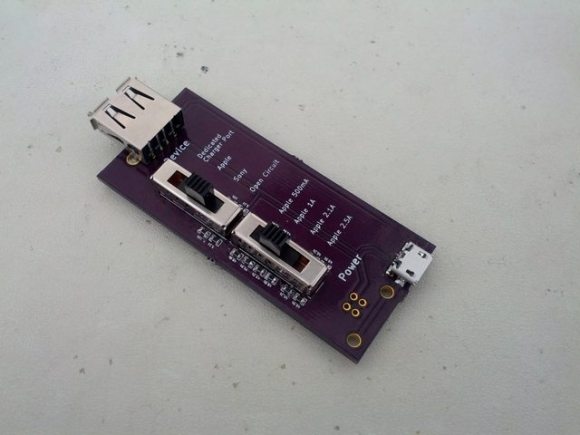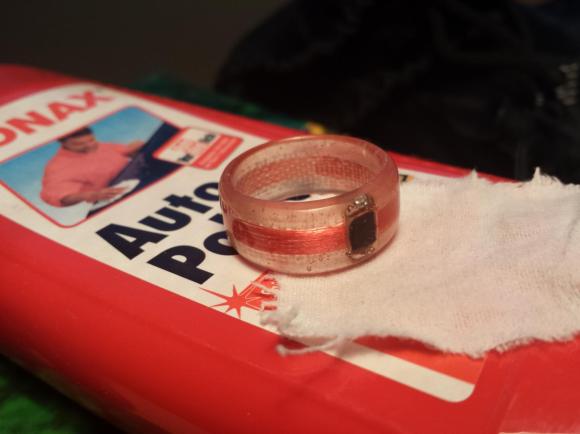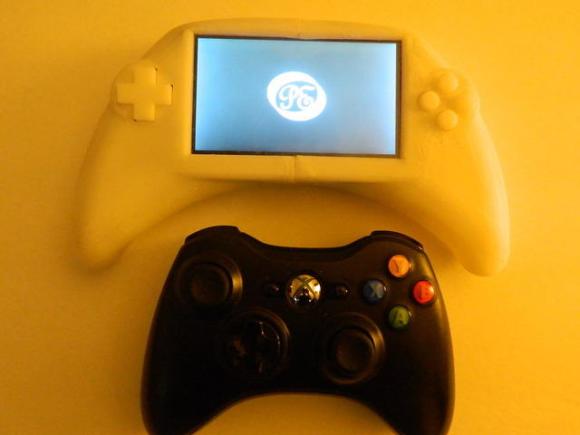We stopped by the Atmel booth at Maker Faire to gawk at the pre-production Arduino Zero boards they were showing off. [Bob] gave us a rundown of everything the new board offers, and it’s better than we imagined when we heard about it last week.
I may be an odd egg in that I don’t like to use an IDE when developing uC firmware. Generally I rock the text editor and a makefile for 8-bit, adding OpenOCD and GDB when working with ARM. I probably shouldn’t be surprised that there is already OpenOCD support (and by extension GDB support) for the Arduino Zero. In fact, that’s how the Arduino IDE flashes the board. This should have been obvious since the board is really just a breakout for the SAM D21 chip which is already supported.
Riffing on the thought of this being a breakout board, we think they did a pretty good job. There are two USB connectors; one let you access the board as a device or a host while the other connects the debugging hardware. If you’ve never used an On Chip Debugger before it’ll change your life so do give it a try. When you do move past the initial prototyping phase of your project you can still use the Zero as a debugging tool. There’s an unpopulated 10-pin header (not sure if the small pitch header comes with it or not) which can be used to interface with a target board. [Bob] also spent some time talking about the configurable 6-pin header which allows you to choose from a range of hardware protocols (SPI, TWI, etc.).
Unfortunately we still don’t have info on the availability timeframe or pricing information. There was one hiccup with this pre-production run (two signals were swapped on the PCB) and they need to spin another board, populate, and QA before they can green-light the final product.
Editorial Note: Atmel advertises on Hackaday but this video and post are not a product of that relationship. Hackaday doesn’t post paid content.


 Oooh, look, a public charging station. Should you trust it? You might get juice jacked. Oh wait, you’ve got a
Oooh, look, a public charging station. Should you trust it? You might get juice jacked. Oh wait, you’ve got a 












